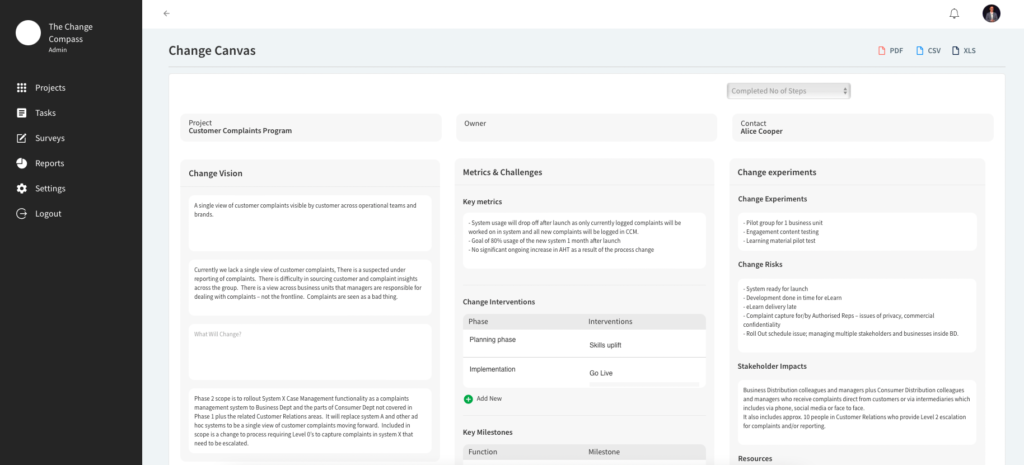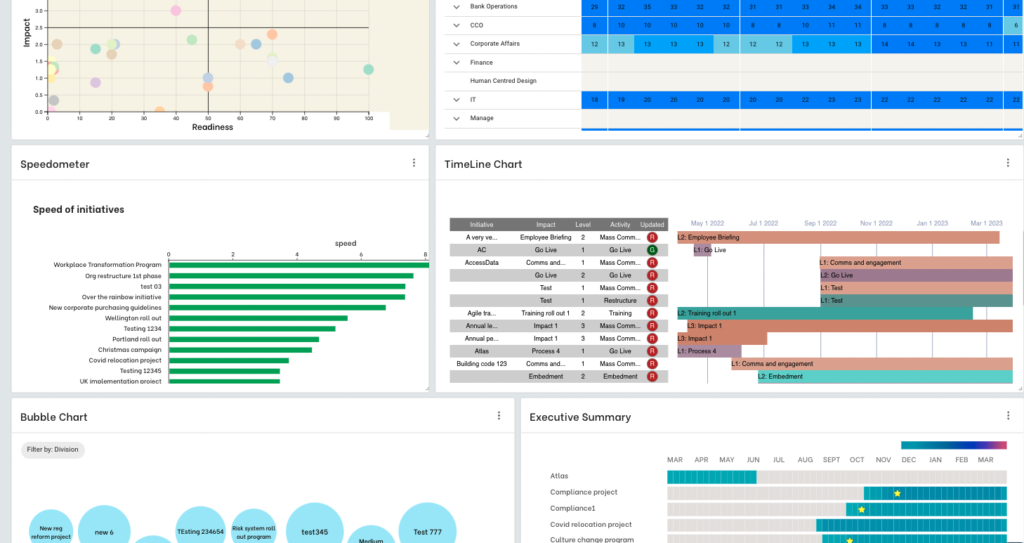Agile methodology is fast becoming the ‘norm’ when it comes to project methodology. There are strong benefits promised of faster development time, ability to morph with changing requirements, less time required to implement the solution, and better ability to meet project objectives. There aren’t too many organisations that do not use some form of agile project methodology in how they manage initiatives.
What started out as a way of developing software, has evolved into the accepted methodology for managing projects. A scan of literature available on the internet shows significant outline of the various roles and their importance in the agile project methodology process. Most roles are clearly outlined and accounted for. There are clear roles established for the business owner, the project manager, the scrum master, developers, testing and quality, product manager, architect, human-centred designer, and even IT operations.
However, there is a glaring gap. What about the role of the change manager?
A review of literature available through project management organisations such as APM (Association of Project Management) and PMI (Project Management Institute) showed glaring omission of the role of the change manager or change management practitioners from agile methodology. The same is also true for Scaled Agile Frameworks where there is a brief mention of the importance of change management in the agile approach, but no mention of the role of the change manager/practitioner.
Is it that there are less projects requiring change managers?
The evidence is against this hypothesis. Jobs in change management are plentiful, with data on ‘Indeed’ online employment portals pulling up over 38,000 job postings. On top of this, there is an increasing number of jobs posted. According to the U.S. Bureau of Labor Statistics, “management analytics” which includes change management, is projected to have a 14% growth rate between 2018 and 2028. In Australia, the ‘Seek’ employment platform projected change management job growth to be at 15% growth in the next 5 years.
Is it that agile methodology is more for technical projects and therefore the omission of change managers?
The agile approach can be used for a range of different projects, but not all projects. There is certainly evidence of agile project methodology used in a wide range of industries from financial services, government, non-profit, pharmaceuticals, utilities, and retail industries. The agile methodology is commonly cited for being better for projects where the outcome is not clearly known and where the end change has a level of uniqueness.
However, it is not true that agile methodology is only used for more technical projects. Even for projects where the focus is not on technical development, agile approaches are used widely. Agile changes have been used for re-organisation exercises. Here is an example from the Business Agility Institute. Executive teams also use agile means to manage various strategic initiatives that are not technical. Agile approaches are even applied to managing church initiatives.
What is the likely reason for the clear omission of change management in the agile methodology?
It is likely that those in charge of documenting agile methodology haven’t figured out how to incorporate change management into their frameworks.
Organisations in charge of documenting agile methodology are mainly focused on project management and software development. If we take the examples of PMI and APMG, both are project management associations, and both are focused on the project management perspectives of agile. The portion on change management is a specialism of project management. It could be that these organisations have not sufficiently developed agile change management methodology to integrate with agile project management.

Even at Scaled Agile, which is about applying agile across the organisation, the omission of the role of change managers is still the case. Frameworks from Scaled Agile are quite detailed and rigorous. All aspects of the roles of various organisational members are clearly outlined. Even the role of IT departments in DevOps are clearly spelled out to support agile. But not the role of change managers. Again, this could be due to those at Scaled Agile not having a change management background, and therefore not being able to articulate the various role detail.
However, there are some very critical roles that change practitioners play not only at project level, but at program, epic, and organisational levels. Without the right change management support the following are key risks when organisations are working at SaFe (scaled agile) level:
- Change sequencing to maximise adoption across the change portfolio
- Packaging change to achieve optimal change adoption, e.g. in terms of integrating communications and learning interventions across projects
- Establishing business unit based change champions that can support multiple projects and can help piece together different changes for impacted employees
- Identify and manage potential change saturation and change fatigue

There are some attempts at closing the gap to document agile change management approaches. However, most are conceptual, high level, and not sufficiently detailed to provide clear guidance and practical application for the change practitioner. On the other hand, the work of change management in agile projects should not only be clear for the change practitioner but also be clear for the project manager and other project members.
To access practical agile playbooks visit our agile playbook resources.
What’s the problem of omitting the role of change managers from agile methodologies?
1. The role of change management could easily be omitted. Particularly for less experienced project managers who are starting out in agile. The risk could be that change management is omitted from the project altogether since it is not called out as a clear role
2. Change practitioners are not clear with the roles they play and therefore are not sufficiently involved in driving and supporting the project in the right way. Since there is not a clear set of guidelines and methodology for change practitioners, it is common to see varying approaches in how change managers support agile projects. Some still use a similar approach as to supporting waterfall projects which may not be appropriate.
3. Agile projects are not successful because change management work is not sufficiently incorporated. With change management roles not spelt out, the project executes the change without critical change management foundations and therefore is at the risk of not achieving the adoption and benefit realisation targeted.
What should we do about this?
1. Encourage change management associations such as CMI and ACMP to invest in detailing agile change management methodology in a way that sets standards and guidelines for change practitioners to follow.
2. Influence and work with APMG, PMI and Scaled Agile to include explicitly the role of change managers and agile change management methodology.
Change management is emerging to be a strong discipline that executives are starting to recognise as critical to successful change. The role of change practitioners should be stated explicitly and recognised clearly. Change managers should not have to tip-toe in maneuvering their place in supporting agile change projects, nor should they need to convince other project team members of their place throughout various agile routines and methodology phases. It is now time for the change community to drive this and achieve the recognition that it deserves.






